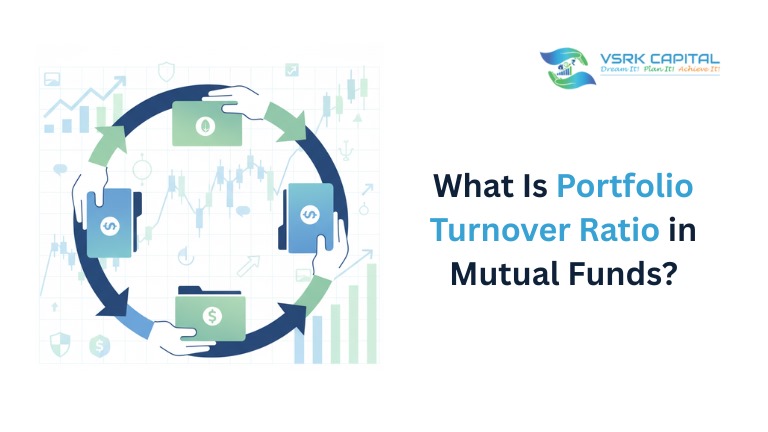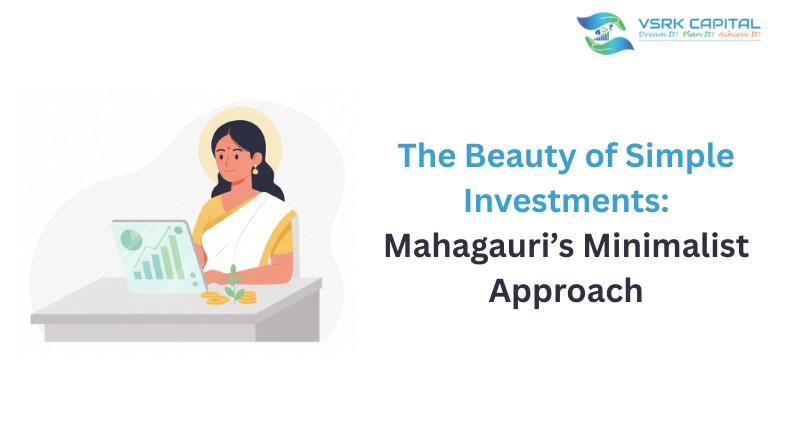
In India’s smaller cities and towns, something beautiful is happening. More women are taking control of their financial future by investing in smart ways. This isn’t just a small change – it’s a big shift that’s creating new opportunities for families and communities across the country.
For a long time, the world of investing felt… well, a little bit like a “boys’ club.” Financial discussions often happened around women, not with them. But that’s changing, and it’s changing fast. Here at VSRK Capital, we’re seeing a truly exciting trend: a surge in female investors, and it’s happening not just in the big cities, but in the heart of India – our Tier 2 and Tier 3 towns.
At VSRK Capital, we’ve been watching this trend closely for years. As financial thought leaders, we’re excited to share how women in places like Pune, Bhubaneswar, and Jaipur are making smart money moves. It’s inspiring to see how these women are moving beyond just saving money and starting to actually grow their wealth.
It’s a powerful story. These aren’t just women looking to “manage” the household budget anymore. They’re actively building wealth for themselves, for their families’ futures, and for their own dreams. We’re talking about teachers, entrepreneurs, homemakers, doctors – women from all walks of life taking control of their financial destinies.
What’s driving this change? Several Things. its all about empowerment but firstly, increased access to education is empowering women with the knowledge and confidence to make informed financial decisions. Secondly, digital access is levelling the playing field. Smartphones and internet connectivity mean women in smaller towns can now access the same investment opportunities as those in metros. With the support of organizations like VSRK, more women are learning about different investment options that fit their lifestyles and goals.
This movement is special because women investors often focus on long-term, sustainable growth. They look for investments that align with their values – whether that’s supporting local businesses, investing in education, or choosing environmentally friendly options. This thoughtful approach is helping create more stable financial futures for families.
Think about it – a woman running a successful tailoring business in a Tier 3 city can now easily invest in mutual funds through an app on her phone. That wasn’t possible even a decade ago! This ease of access, coupled with a growing awareness of financial independence, is a game-changer.
At VSRK Capital, we’re proud to be helping this journey. We’ve created easy-to-understand resources and workshops specifically for women investors. Our team believes that when women feel confident about their finances, they become more likely to invest wisely, which benefits not just them but their entire community.
At VSRK, we’ve noticed a particular interest in SIPs (Systematic Investment Plans). These allow women to invest small amounts regularly, making investing accessible and less intimidating. It’s a fantastic way to build wealth gradually, without needing a large lump sum upfront. We’ve also seen a strong uptake in investments geared towards long-term goals like children’s education and retirement.
This isn’t just good for individual women; it’s good for the economy. When women invest, they tend to prioritize long-term, sustainable growth. They’re often more risk-averse and focus on building a secure future for their families. This contributes to a more stable and resilient financial system.
VSRK is deeply committed to supporting this trend. We’re actively working to create financial literacy programs specifically tailored for women in Tier 2 and Tier 3 cities, addressing their unique needs and concerns. We believe that financial empowerment is a fundamental right, and we’re proud to be playing a role in helping women achieve their financial goals. We understand that sometimes, taking that first step can be the hardest, and we’re here to provide guidance and support every step of the way.
Conclusion
The rise of the female investor in Tier 2 and Tier 3 cities is a truly inspiring story. It’s a testament to the power of education, technology, and the unwavering determination of women to build a better future for themselves and their families. At VSRK, we’re incredibly excited to witness and support this transformation. Remember, your financial future is in your hands. Take control, invest wisely, and watch your wealth grow.
FAQs
It’s a combination of factors – better education, increased digital access, and a growing desire for financial independence.
SIPs in mutual funds are a great starting point. They’re affordable, easy to understand, and allow you to invest regularly.
It’s smart to be cautious! Start with a small amount, diversify your investments, and seek advice from a financial advisor. VSRK Capital offers personalized guidance to help you manage risk.
While there aren’t products exclusively for women, many financial institutions are now offering products and services tailored to their needs, such as lower fees or specialized investment advice.
VSRK Capital provides a user-friendly platform, educational resources, and expert support to help you navigate the world of investing. We’re committed to empowering women to achieve their financial goals.












